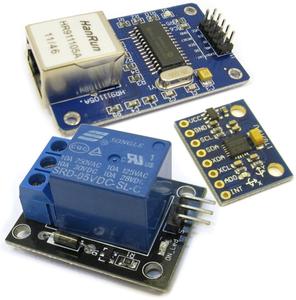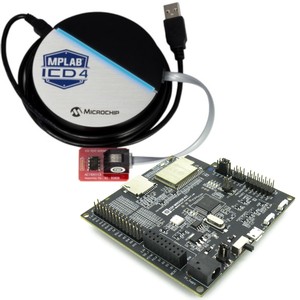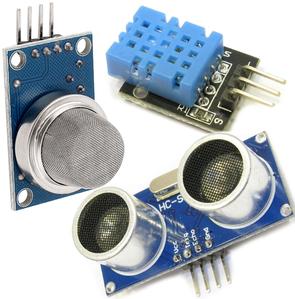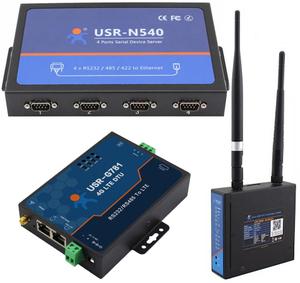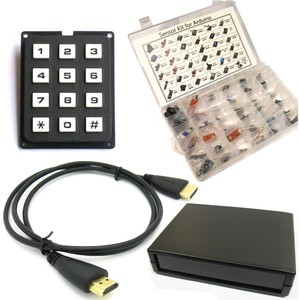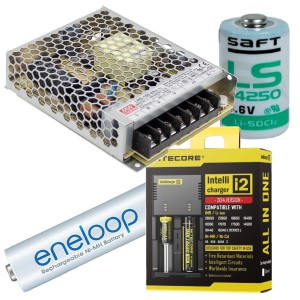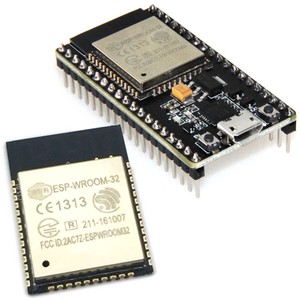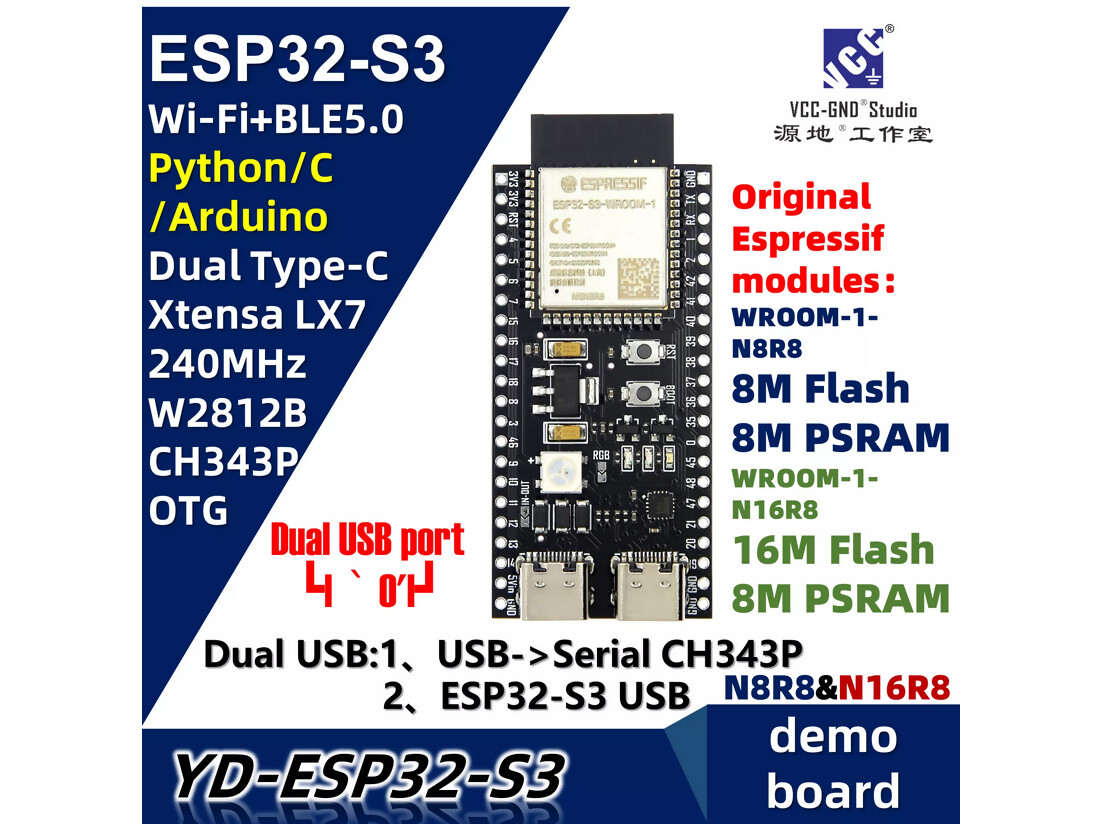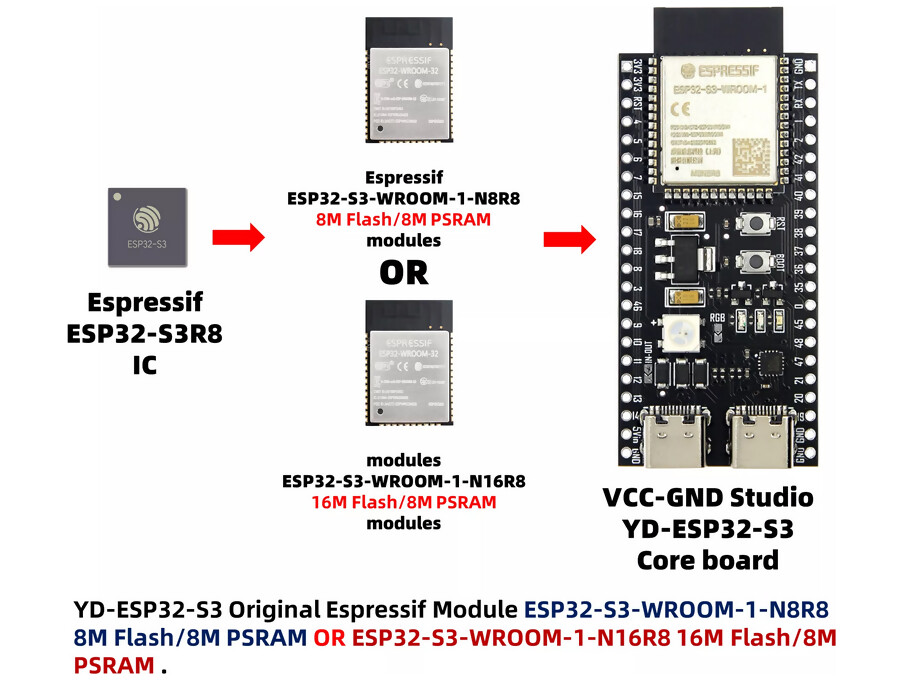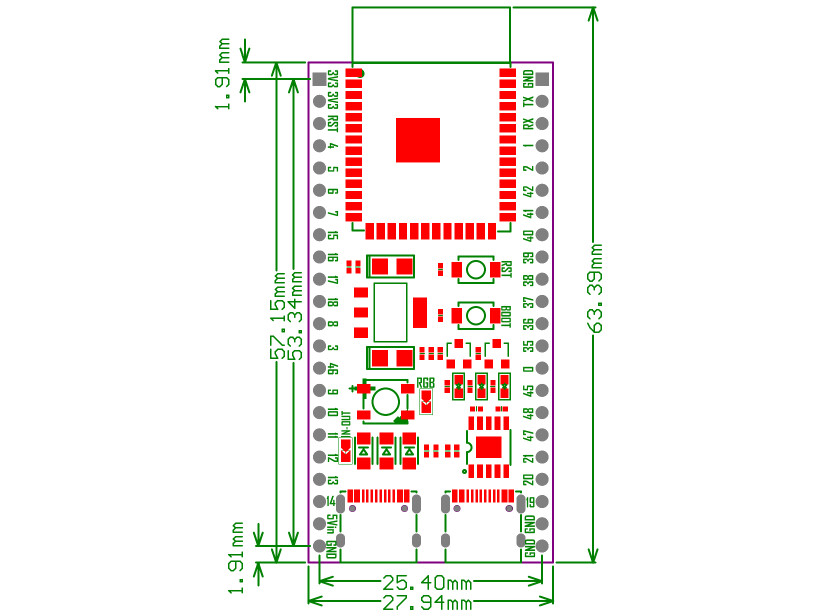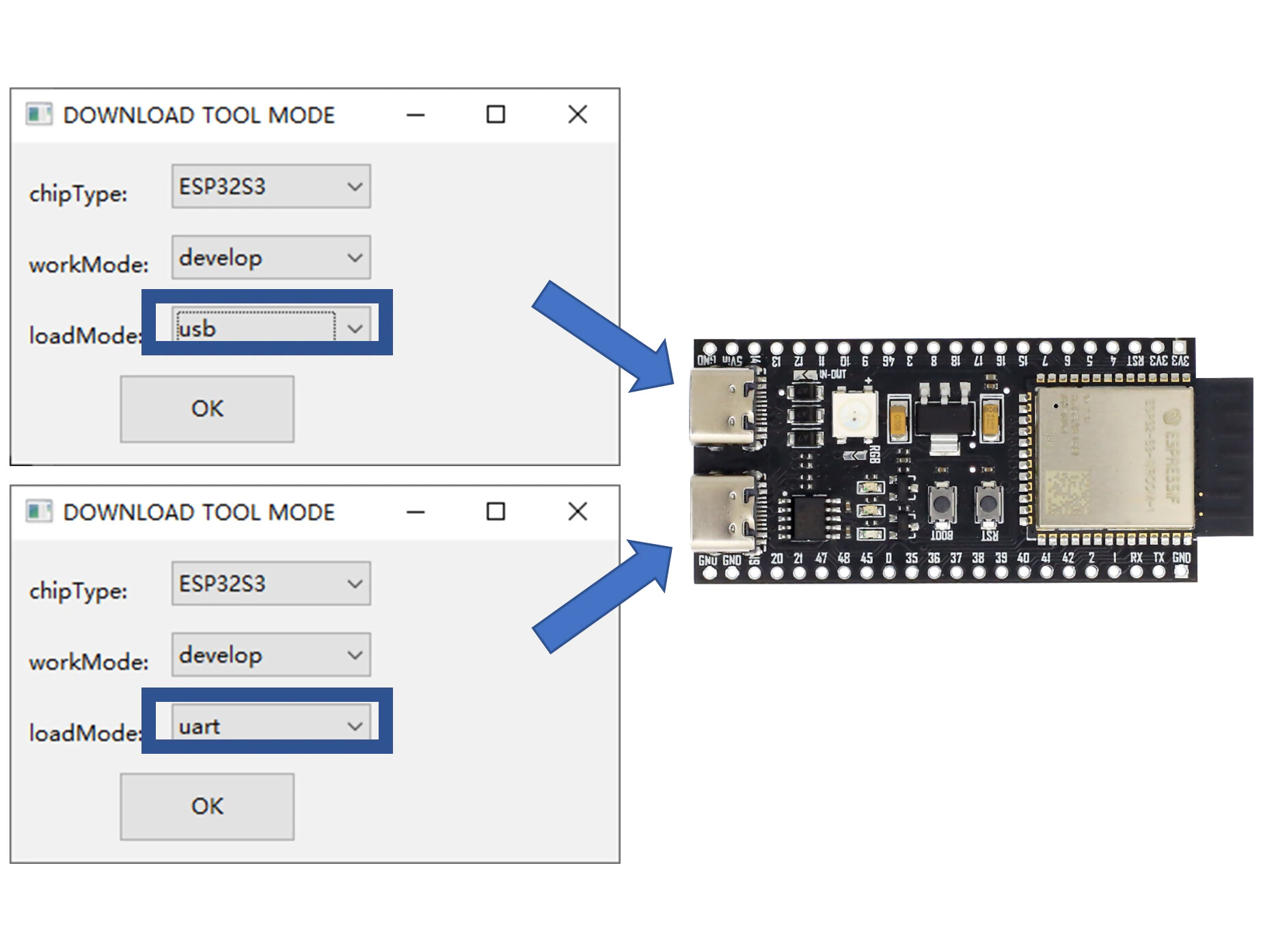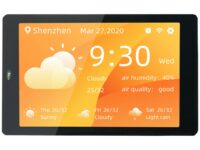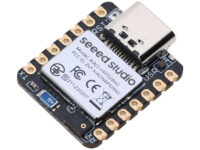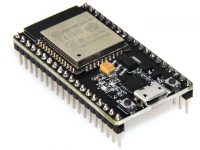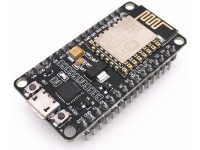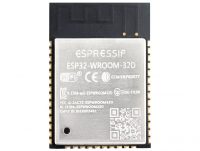ESP32-S3 Board, 16MB Flash, 8MB RAM, USB Type-C, PCB Antenna
41 in stock
$18.90
41 in stock
The ESP32-S3 development board is assembled with an original ESP32-S3-WROOM-1 module from Espressif, with 16MB Flash and 8MB PSRAM(ESP32-S3-WROOM-1-N16R8). It is a general-purpose Wi-Fi + Bluetooth® LE MCU module that integrates complete Wi-Fi and Bluetooth LE functions.
PLEASE NOTE: The pin headers are yellow(as shown in photos) or red.
Most of the I/O pins on the module are broken out to the pin headers on both sides of this board for easy interfacing. Developers can either connect peripherals with jumper wires or mount the module on a breadboard.
The ESP32-S3 is a dual-core XTensa LX7 MCU, capable of running at 240 MHz. Apart from its 512 KB of internal SRAM, it also comes with integrated 2.4 GHz, 802.11 b/g/n Wi-Fi and Bluetooth 5 (LE) connectivity that provides long-range support. It has 45 programmable GPIOs and supports a rich set of peripherals. ESP32-S3 supports larger, high-speed octal SPI flash, and PSRAM with configurable data and instruction cache.
There is a RGB WS2812 LED connected to IO38. It has a Red, Green and Blue LED that are individually addressable. There are plenty of examples on the internet showing how to drive a WS2812 LED. For example, Google "WS2812 Arduino" or "WS2812 c code".
|
Key Component |
Description |
|---|---|
|
ESP32-S3-WROOM-1-N16R8 |
The ESP32-S3-WROOM-1 is a powerful, generic Wi-Fi + Bluetooth LE MCU modules that have a rich set of peripherals. It provide acceleration for neural network computing and signal processing workloads. It comes with a PCB antenna. |
|
5 V to 3.3 V LDO |
Power regulator that converts a 5 V supply into a 3.3 V output. |
|
Pin Headers |
All available GPIO pins (except for the SPI bus for flash) are broken out to the pin headers on the board for easy interfacing and programming. For details, please see Header Block. |
|
USB-to-UART Port |
A Micro-USB port used for power supply to the board, for flashing applications to the chip, as well as for communication with the chip via the on-board USB-to-UART bridge. |
|
Boot Button |
Download button. Holding down Boot and then pressing Reset initiates Firmware Download mode for downloading firmware through the serial port. |
|
Reset Button |
Press this button to restart the system. |
|
ESP32-S3 USB Port |
ESP32-S3 full-speed USB OTG interface, compliant with the USB 1.1 specification. The interface is used for power supply to the board, for flashing applications to the chip, for communication with the chip using USB 1.1 protocols, as well as for JTAG debugging. |
|
USB-to-UART Bridge |
Single USB-to-UART bridge chip provides transfer rates up to 3 Mbps. |
|
RGB LED |
Addressable RGB LED, driven by GPIO38. |
|
3.3 V Power On LED |
Turns on when the USB power is connected to the board. |
Features
- XTensa dual-core 32-bit LX7 CPU, frequency up to 240MHz
- 2.4 GHz Wi-Fi, EEE 802.11 b/g/n-compliant
- Bluetooth, LE: Bluetooth 5, Bluetooth mesh
- 8 MByte(64Mbit) SPI Flash
- 384 KByte ROM
- 512 KByte SRAM
- 8 MByte(64Mbit) SPI PSRAM
- 16 KB SRAM in RTC
- Communication Interfaces:
- 2 x I2C
- 2 x I2S
- 4 x SPI
- 3 x UART
- 1 x USB OTG
- Security:
- 4096 bit OTP
- AES, SHA, RSA, ECC and RNG
- Secure boott, Flash encryption, Digital signature, HMAC module
- Dual Type-C USB connectors
- Reset and User/Firmware buttons
- RGB WS2812 User LED
- Power LED
- Virtual USB port provided by CP2102 for debugging and firmware upgrade
- Compact size of 50.1 x 13mm
- Supply Voltage: 5V via USB
- Circuit Voltage: 3.0 to 3.6V Circuit Operation
Specs and Docs
- PDF SchematicsPDF Schematics:
99tech.com.au/m/esp32-s3-yd_schematics.pdf - Altium PCBDOC fileAltium PCBDOC file:
99tech.com.au/m/esp32-s3-yd_pcbdoc.zip
Package Includes
1 x ESP32-S3 development board
2 x 22 Pin headers, 2.54mm spacing
| Weight | 10 g |
|---|---|
| Platform | |
| Brand | |
| Wired Technology | |
| Flash Memory | |
| External RAM | |
| Chip Family | |
| Connector |


